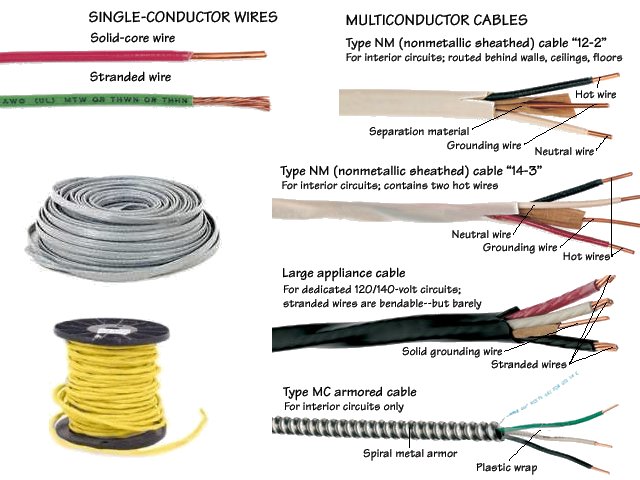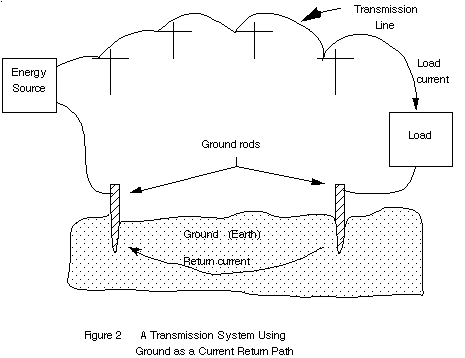Difference between revisions of "A/C Electrical Wiring Information for North America"
m |
m (→Earth Ground) |
||
| Line 22: | Line 22: | ||
[[Image:trueearthground.gif]] | [[Image:trueearthground.gif]] | ||
| + | |||
| + | A house ground is easy to find, all you have to do is look outside at the power feed coming in, there should be a thick bare wire coming down the side of the structure that attaches to either a steel pipe or a thick rod, driven into the ground. The neutral is tied to earth ground for lightning protection and to provide a path for any high voltage leakage from the power company's step down transformer. The ground is tied to the neutral to provide a return path to trip the breaker in the event of a fault. The main breaker box should be the only point where neutral/ground need to be connected, never at the outlets or other places in the electrical system. | ||
| | ||
Revision as of 17:30, 10 July 2008
Wire Color Standard
- White - Neutral ..... (grounded conductor, neutral conductor, neutral point) conductor with continuity to the electrical system's center tap of the power company transformer.
- Black - Hot 110v / 120v ..... (positive, power) not grounded, the active wire which is most likely to electrocute a person. This is the dangerous wire!
- Bare - Ground ..... (grounding wire, earth ground) a conductor with continuity to earth, may be bare or identified insulated wire of green or having green stripes.
- Red - Hot 110v / 120v
Standard Wire
Earth Ground
A true earth ground, as defined by the National Electrical Code, physically consists of a conductive pipe or rod driven into the earth to a minimum depth of 8 feet.
A house ground is easy to find, all you have to do is look outside at the power feed coming in, there should be a thick bare wire coming down the side of the structure that attaches to either a steel pipe or a thick rod, driven into the ground. The neutral is tied to earth ground for lightning protection and to provide a path for any high voltage leakage from the power company's step down transformer. The ground is tied to the neutral to provide a return path to trip the breaker in the event of a fault. The main breaker box should be the only point where neutral/ground need to be connected, never at the outlets or other places in the electrical system.



